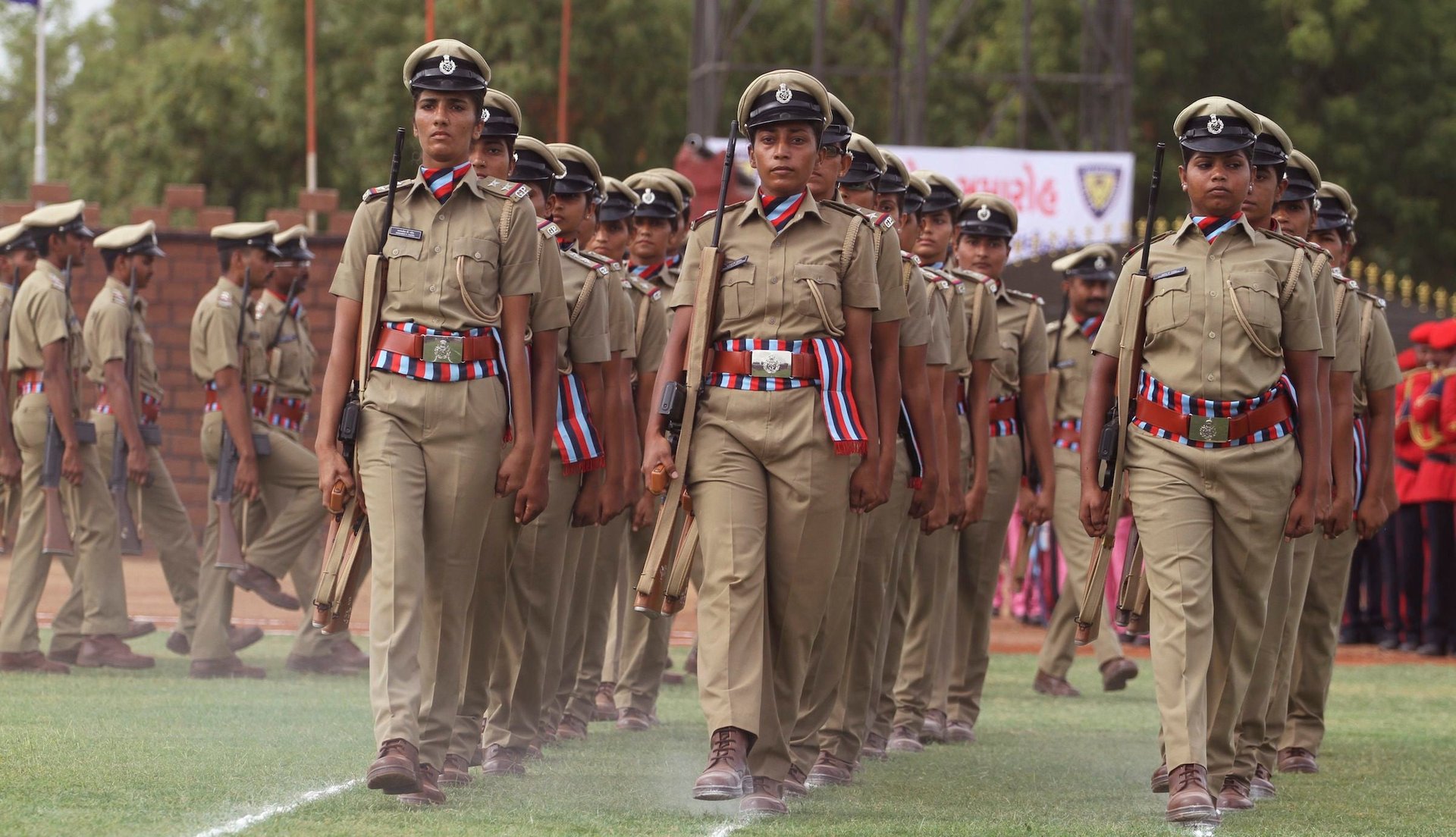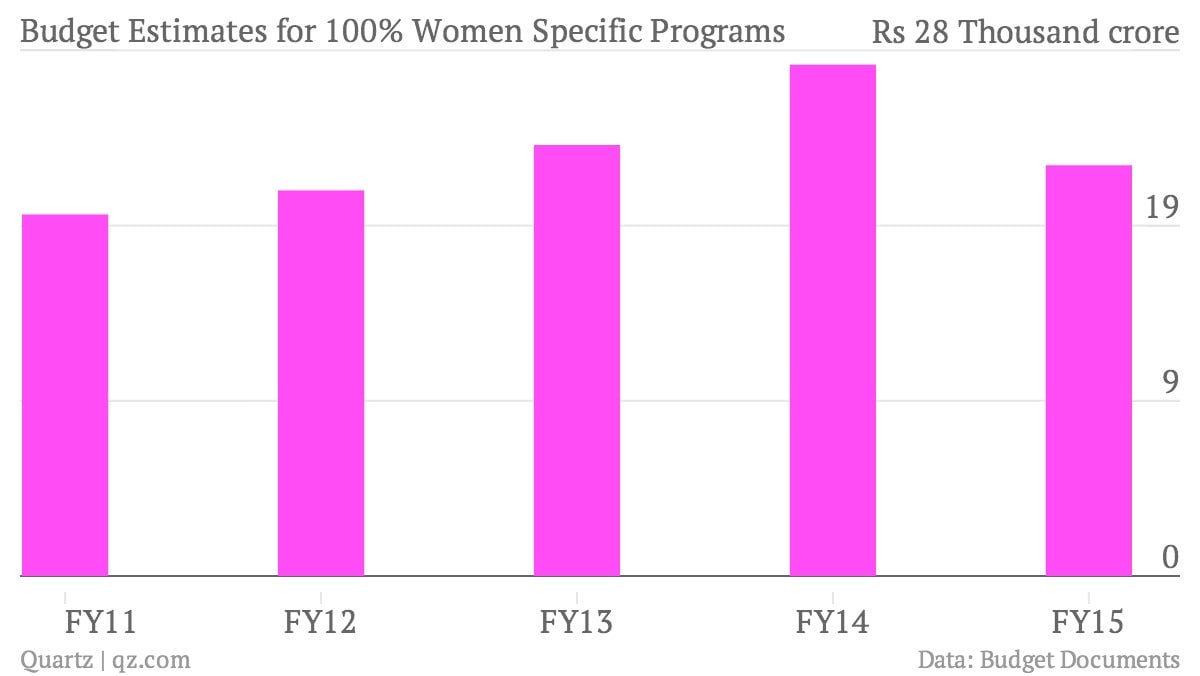The money set aside for women in India’s budget has actually gone down
India values its women as much as a statue of a freedom fighter.


India values its women as much as a statue of a freedom fighter.
That’s been the narrative around last week’s budget allocations of Rs200 crore ($33 million) to build a statue of Sardar Vallabhbhai Patel and about the same amount for women’s safety programs.
Except here’s the thing: No one really will be able to know how much money the government actually will be spending on women in the coming year nor will they know if any women actually benefit.
In the 2005-2006 budget, the government introduced the idea of a “gender budget” to maintain details of the resources and money spent for the betterment of Indian women. Ministries report the proportion of expenditures earmarked in their budget for women.
It is divided into two parts: Part A lists the programs where all money is spent on women-oriented activities and Part B lists programs where at least 30% of the funds are spent on women.
In this year’s budget, the money allocated under Part A has actually gone down, reversing the trend from the last five years.

Some of the reduction is explained by the splitting of some schemes into two categories—Part A and Part B. The overall figure has gone up marginally (even though the decline in Part A is not offset by 30% of the hike in Part B).
The idea of gender budgeting, though, has been beset with poor reporting of fund allocation since its inception. That’s led to inaccurate figures, according to an analysis by Centre for Budget and Governance Accountability (CBGA), a New Delhi-based think tank tracking government finances.
Overall, budgeted estimates for all women-centric programs in the current financial year stand at Rs98,029.84 crore ($16.28 billion), a minor increase of Rs97,133.70 ($16.14 billion) from last year’s budget.
“These figures are disputable,” says Subrat Das, executive director of CBGA. They can be lower or they can be higher, he said in an interview with Quartz.
For example, Indira Awas Yojna—one of two programs allocated a sum of more than Rs1,000 crore ($166 million)—is reported by the department of rural development as a program where the entire quantum of funds benefit women.
But that would be incorrect, according to Das. The guidelines of the program say that a house registered under this plan can be in the name of a woman or jointly with her husband. Moreover, in many cases, male members of the family enjoy the owner status whereas women just act as a proxy, Das says.
In other words, different ministries would report this program (and its monies) in different ways.
Some such as the Ministry of New and Renewable Energy reported allocation of funds for a program to generate power from biogas under Part B even though it’s unclear what proportion of those funds actually benefit women. “They just assume,” says Das, “that it will benefit women.”
“Most departments/ministries report their gender sensitive outlays in the GBS [Gender Budget Statement] only after their respective budgets have been prepared; very little effort is made identify gender-based disadvantages in the respective sectors based on which measures should be introduced and allocations reported in the GBS,” CBGA notes.
Most of the plans meant for women are meagerly funded—while others go unused. In last year’s budget, Rs1,000 crore ($166 million) was allocated to Nirbhaya Fund to promote women’s safety. It remained unutilized for the whole year, according to CBGA.